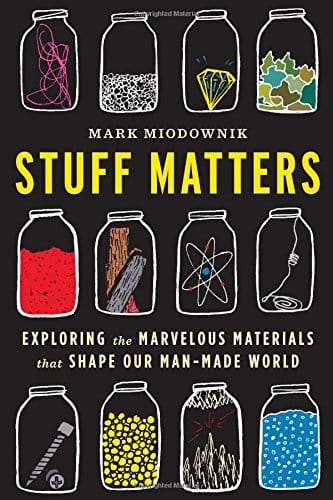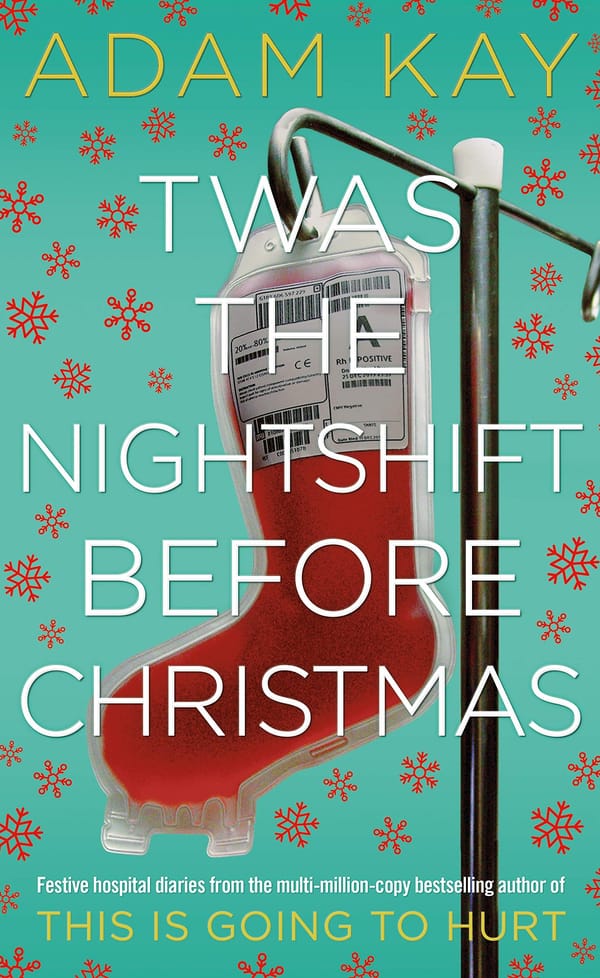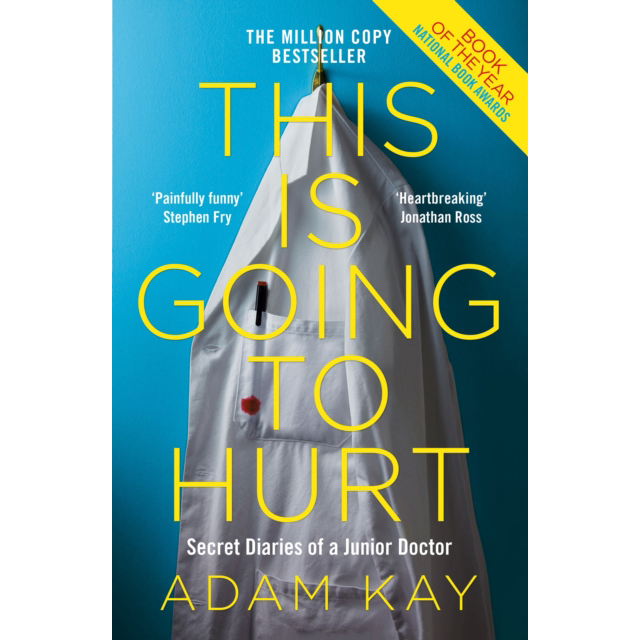Periodic Tales (The Curious Lives of the Elements)
Anyone looking to learn more about the history of science and the extent of the periodic table’s influence on society should read this book

Periodic Tales is a delightful read, and was one of my first forays into non-fiction and academic reading. Hugh Aldersey-Williams spins narratives that revolve around the elements of the Periodic Table, exploring the unique attributes of each one and their utilisation for practical purposes. He also delves into the scientific, cultural, and even political histories of each substance, touching upon their applications in art, war, and literature, among other sectors.
Periodic Tales was born out of a journey to acquire a physical sample of every element known at the time (in 2011 - the time of writing - 116 were officially recognised by IUPAC). Through this search, which took him all over the globe, Aldersey-Williams not only found his samples, but also discovered stories and factoids about these building blocks of the universe.
The chapters are categorised into five separate parts, denoted by the terms Power, Fire, Craft, Beauty, and Earth. These are categories that inspire the reader to view the elements from a fresh perspective; for example, to consider lead as a craftsman’s material. While not mutually exclusive, the groups are distinctive, defining the elements by a particular purpose. Each chapter has a curiously unique title pertaining to a property or application of the given element (or elements, as in the chapter titled Ytterby Gruva).
Among these unusual chapter titles are Our Lady of Radium and “Lonely-Chrome America”. The first details Marie Curie’s tragic and incredible discoveries of the radioactive elements polonium and radium, as well as discussing their lesser-known uses in commercial products, prior to being labelled hazardous materials.
Aldersey-Williams writes in a similar style to Mark Miodownik (see above), relating each element and its applications to his personal experience of searching for it. In the polonium chapter, he mentions visiting the Curie Museum in Paris, and stumbling upon an old box of radium-branded shoe polish in his parents’ house.
“Lonely-Chrome America” chronicles the story of chromium – as you might expect – with regards to its role in promoting early consumerism. Chrome-plating was utilised for a variety of vehicles as well as gracing fashion runways and household appliances, but eventually became a symbol of superficiality. Aldersey-Williams links the explosion of chromium’s use in consumer products to America’s recovery from World War 2 and the Great Depression.
I would recommend Periodic Tales to anyone looking to learn more about the history of science and the extent of the periodic table’s influence on society. Whether it’s the glow of the noble gases or the shine of platinum and gold, at least one of these elemental narratives is sure to pique your interest.










